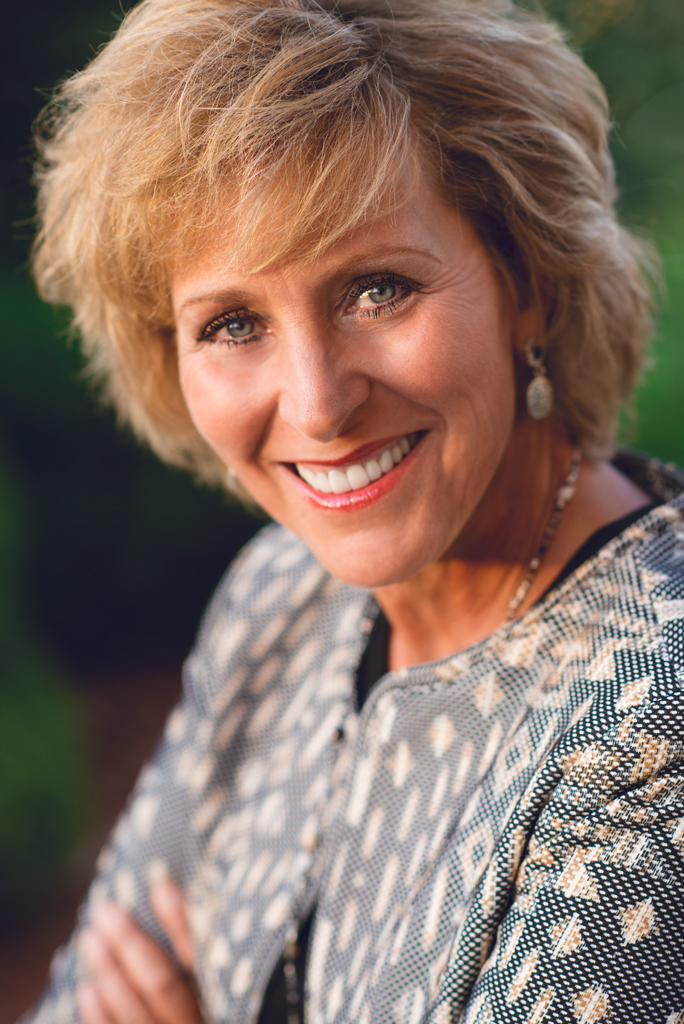
Caryn Esplin - Old Gas Pumps - Triple Threat Editing: HDR - Camera Raw - Photoshop - Quartzsite, AZ - Main Street

Caryn Esplin - Original - Old Gas Pumps - Quartzsite, AZ - Main Street - Before removing yellow rope, car, poles, wires, garbage
Interesting image, but three-level editing cleans and transforms it into art.
I often watched my sister, a professional watercolor artist, paint on location. She carefully created a masterpiece from a scene that was often imperfect in real life. For example, in this scene I photographed on Main Street in Quartzsite, Arizona, my sister would not paint in the ugly yellow rope barrier, car, random poles, pieces of garbage and other distractions. So what is wrong with a photographer editing out those same distractions to create her art?
Don’t get me wrong, I love the challenge of getting a beautiful shot right out of the camera without editing, but let’s face it, conditions are not often perfect, so that is rare. I also love the challenge of creating a work of photoart, which includes some seriously creative image editing skills. I used what I called the triple threat editing technique on this image:
1. HDR (High Dynamic Range)
2. ACR (Adobe Camera Raw )
3. PS (Photoshop.)
It took all three steps to create this image… and of course a good camera, good timing and decent composition. I love to capture the beauty of nature and man-made artifacts in the same scene. To me, this makes a fascinating image.
At first glance through my folder of December -Arizona images, I passed this one up and did not even rate it one star. It just seemed to cluttered to make it worth the time. I came back last week and decided it had some potential. I invested some time and I think this may now be one of my favorite shots of Main Street in Quartzsite, Arizona. However, it took some time to remove the yellow ropes, telephone poles, garbage, wire, and a car in the background.
STEP 1: HDR: First I blended three different exposures to recreate the same lighting I saw with my eyes. I tried doing this in Photoshop CS5 and was quite impressed! It’s just not as automatic. I learned from Matt K. (Photoshop Guy) on Kelby Training that you must start with the Details slider, then adjust the Strength and Radius.
STEP 2: ACR: Then for the creative touches, I used Abobe Camera Raw adjustment brushes to bring out the colors in certain areas and fine tune the colors and clarity.
STEP 3: PS: Finally it was Photoshop that helped me clean things up and finish things off. I added some selective sharpness, sky touchup (dirty sensor) and a lot of time removing the distractions in the scene. I used the healing brush (content-aware) and clone stamp to reveal the final scene. I also added some blur to make the RVs in the background less prominent.
Now I just need to print it to really see if I like it. The proof is in the print. If all you do is look at your images on the screen, you are really missing the boat. I think it is important to print your best shots regularly and keep a print portfolio. It will often change your list of favorites and it is fun to share with family, friends and potential clients. I love printing 8×12 proofs, so I don’t lose part of my frame. Cropping to 8×10 ruins most of my creative composition. For about $1.50 Costco prints a beautiful glossy proof that almost looks metallic. Just be sure you turn off the auto correct and it comes out just like it looks on your screen. Well, if you have a Mac screen, that is. 🙂



Sweet shot! Content-aware fill is seriously one of the best things they put into CS5. What I’m really liking about these shots that you got from Arizona is that you’re not overdoing it with the HDR. You use just enough to give it an enhanced look but it doesn’t look fake. Awesome work, can’t wait to see more!
Thanks for the comment, Jace! I appreciate that you noticed the amount of HDR technique. I am trying to use it to create the creative, but realistic balance.
I truly appreciate the time and effort you use to explain your techniques. This make it very useful for the budding editing users. I refer to your site often, keep up the great work.